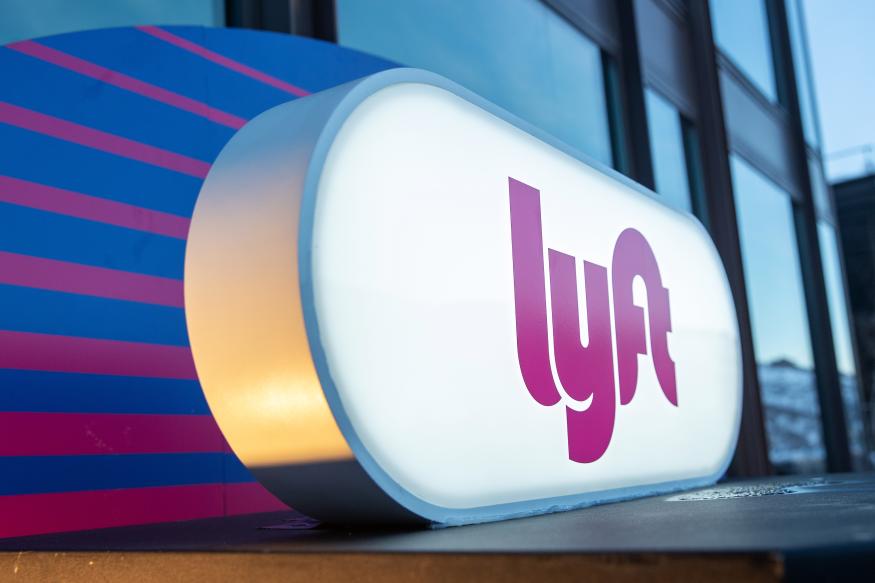Lyft plans to ditch surge pricing, which riders hate 'with a fiery passion'
Sponsored Links
Lyft plans to ditch surge pricing, which riders hate 'with a fiery passion'
Lowering fares has helped the company boost the number of people using the platform.

Lyft plans to kill off surge pricing in an attempt to boost its rider numbers. On the company’s second-quarter earnings call, CEO David Risher admitted the controversial practice is a “a bad form of price raising” that riders loathe “with a fiery passion.”
Surge pricing, which Lyft calls Prime Time, typically kicks in when there aren’t enough drivers to meet demand. The idea is that off-duty drivers will smell an opportunity to make more money and be more inclined to hop in their car and work for a while. However, riders by and large do not like surge pricing at all.
“We’re trying to really get rid of it,” Risher said. “Because we’ve got such good driver supply, which we’ve worked really hard to get, it’s decreased significantly.”
A Lyft spokesperson told TechCrunch that its supply of drivers is the highest it’s been in three years (since the onset of the COVID-19 pandemic). Its driver base has grown by 20 percent year-over-year and the number of average hours each driver works is at a new high, beating 2019 levels. This, Risher said, has helped to reduce the share of rides impacted by surge pricing by 35 percent compared with the previous quarter.

Subscribe to the Engadget Deals Newsletter
Great deals on consumer electronics delivered straight to your inbox, curated by Engadget’s editorial team. See latest

Please enter a valid email address
Please select a newsletter
By subscribing, you are agreeing to Engadget’s Terms and Privacy Policy.
Perhaps unsurprisingly, that means Lyft is making less money. “But it’s good for our riders, and it’s good for our overall market itself,” Risher noted.
Lyft has been lowering prices to stay competitive with Uber and entice riders to use its service. The company’s revenue per rider dipped by five percent from the previous quarter. However, the number of active riders grew by nine percent.
